Summer Time Bass Fishing

Just like Baseball and Apple Pie bass fishing is as American as it gets. A pastime that offers a simple outlet for beginner and advanced anglers alike. We have lakes available all throughout the Bay Area and are accessible for a fun day of fishing.
With the Dog Days of Summer is in full swing one of our favorite things to do is walk the banks of our local lakes and throw some big bugs at aggressive bass. A great resource we wan to share with is from our local bass guide and friend of the shop, Max Garrison.
When going fly fishing, you want to make sure to have the correct flies that imitate what fish will be interested in eating. As Anglers we focus on the food supply of the fish, and how / where they are hunting. This can change multiple times throughout the year. Dropping and rising water levels cause changes to the structures that fish live in, especially during the Summer. It also changes the areas they feed, the ways they hunt, and what they eat.
Our goal here is to choose the right fly that imitates what the fish are most interested in eating. My two go-to flies, the Popper and the Woolly Bugger, mimic food sources found both on top of the surface of the water as well as below.

A Popper is a common type of dry fly or top-water fly. It is designed to float on the surface and make a distinct bubbling/ gurgling noise when it breaks the water's surface tension. Bass are able to sense low-frequency changes in water, commonly caused by the movement of their prey (learn more in this blog). The popper is intended to mimic the frequency changes and appearance of frogs, bugs, birds, and struggling baitfish that bass feed on.
When fishing a Popper, the angler pulls in their fishing line with an abrupt motion causing the popper to dive and quickly push water. This motion brings an air pocket, that bubbles at the surface making ripples. It is important to make pauses of varying duration to allow the fish to come and inspect the potential prey moving through its territory.

I recommend having a variety of poppers ranging from size #2-#10 that are made with different materials including foam, plastic, and natural material like deer hair.
These different sizes and materials will have a different sound, motion, and appearance in the water and light. I currently recommend fishing a size #8 popper starting with darker colors in lower light and moving lighter as the day goes on.

A Woolly Bugger is a famously diverse type of wet fly or streamer that is fished subsurface. It can be used in fresh or saltwater to target countless types of fish. Much like a popper, it comes in many different sizes and colors, but the shape of the Woolly bugger typically remains uniform. The Woolly buggers we use at Garrison Fishing Guides have varying weights of beads on the head (or front of the fly) that allows it to fall deeper into the water at varying speeds.
When the angler pulls their line, the streamer rises up in the water column and falls again when the angler stops. This creates a rise and fall “swimming/ twitching motion”, that depending on the buggers size and color, can imitate baitfish, large nymphs, leeches, drowning terrestrial bugs, crayfish, or endless other food sources.
To be prepared for anything, I recommend a variety of woolly buggers; primarily in size #6-#8. My favorite colors are black, olive green, and white/brown. Nearly all of my Woolly buggers have bead heads or cone heads to help them sink. I typically start with a classic black, which in my opinion, imitates the largest variety of food types. If I am not getting bites I will move to other colors.
Poppers and Woolly Buggers have been the winning flies when targeting Largemouth Bass, Smallmouth Bass, and even Bluegill in the reservoirs and lakes of Marin. Recent clients of Garrison Fishing Guides have been extremely successful with both of these flies and methods because the fishing is so interactive and visual.
When going fishing, be sure to switch up your flies, tactics, and methods to find where the fish are and what they are most interested in eating. Humans and fish are similar in that variety is the spice of life!

Now that you know what to fish with let's give you some ideas on where to fish!
San Francisco
- Lake Merced
Marin
- Bon Tempe Lake
- Lagunitas Lake
- Phoenix Lake
- Nicasio Reservoir
Sonoma
- Spring Lake
- Lake Ralphine
- Lake Wilson (Riverfront Regional Park)
- Russian River
- Stafford Lake
Napa
- Lake Berryessa
- Lake Hennessy
Contra Costa
- San Pablo Reservoir
- Lafayette Reservoir
- Los Vaqueros Reservoir
Alameda
- Lake Chabot
- Lake Temescal
- Shadow Cliffs
- Fremont Quarry Lakes
Santa Clara
- Coyote Reservoir
- Lexington Reservoir
- Del Valle Reservoir
- Shadow Cliffs
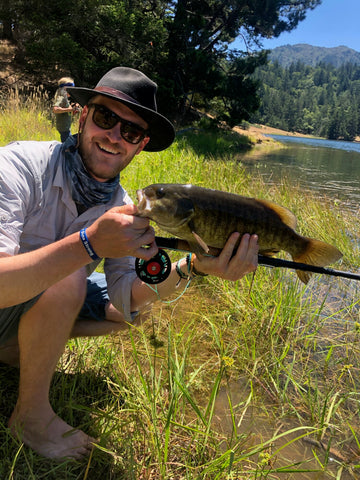
...Just to name a few.
The Same 5wts and 6wt fly rods you already have are perfectly applicable at these places. In addition to bass and bluegill; Carp, Crappie, the occasional trout and gluttonous catfish are all on the hunt for your fly.
Short stocky leaders like the 7.5' 2x 10lb Rio Powerflex Trout are perfect for bass poppers. Longer leaders like the 9' 3x 8lb Rio Powerflex Trout are preferred for leeches and streamer fly patterns!

Read more
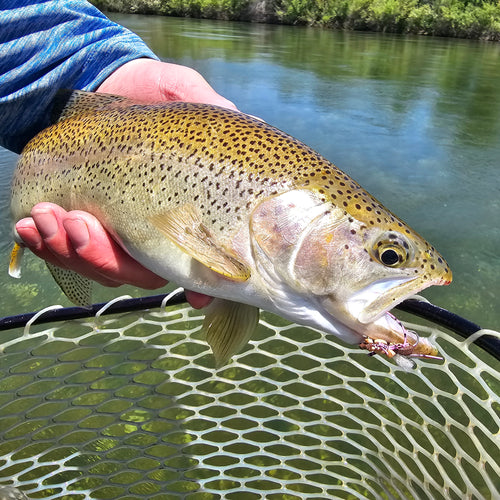
Nor Cal Trout Fishing - July 2023 Truckee River: The Truckee has been fishing consistently throughout the summer! Both water color and temperature have been stellar. Flows were a little high ear...
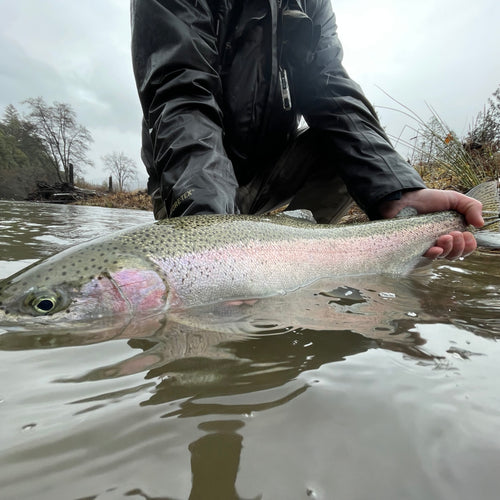
Fishing the Trinity River: Bobber or Spey No matter how you approach it, both fishing techniques offer an angler a multitude of opportunities in wrangling up their own ghost on the coast. Steelhead...



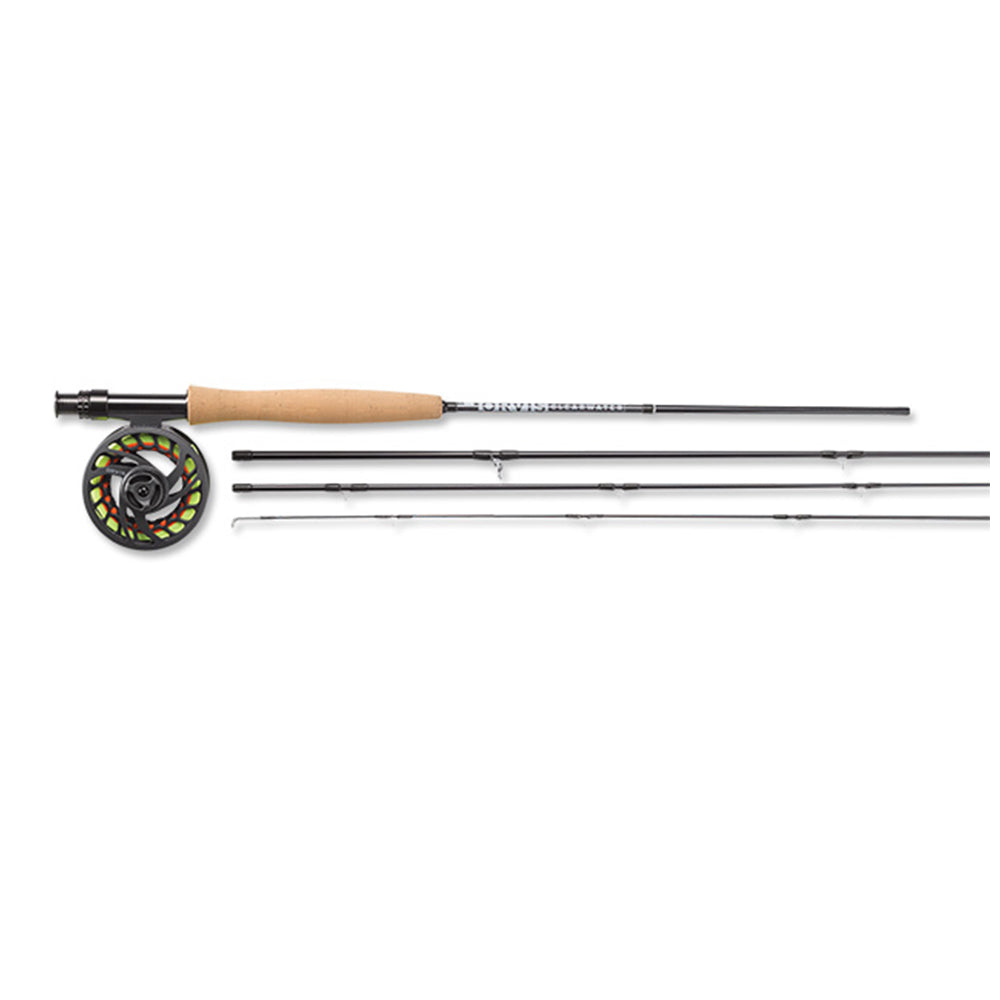





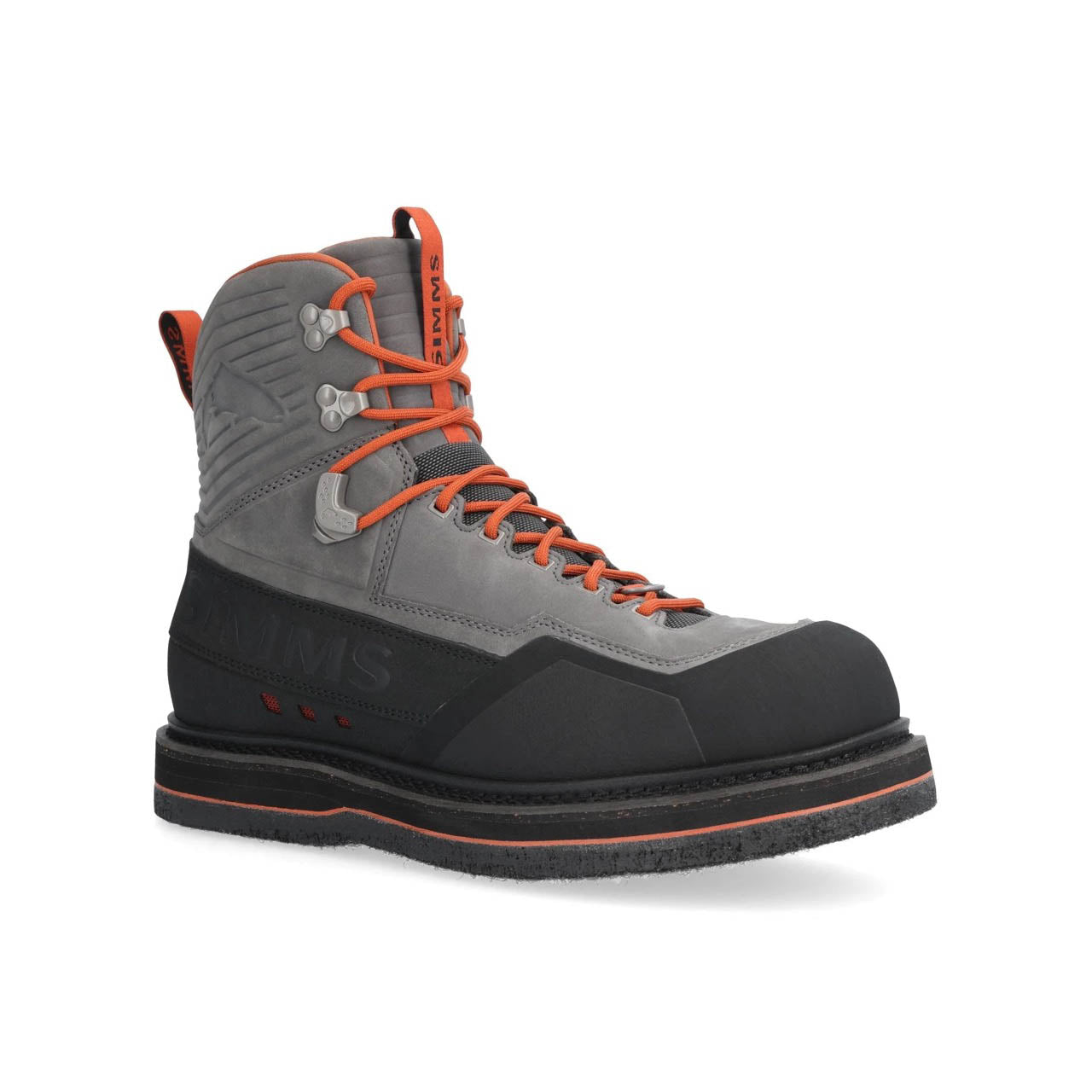


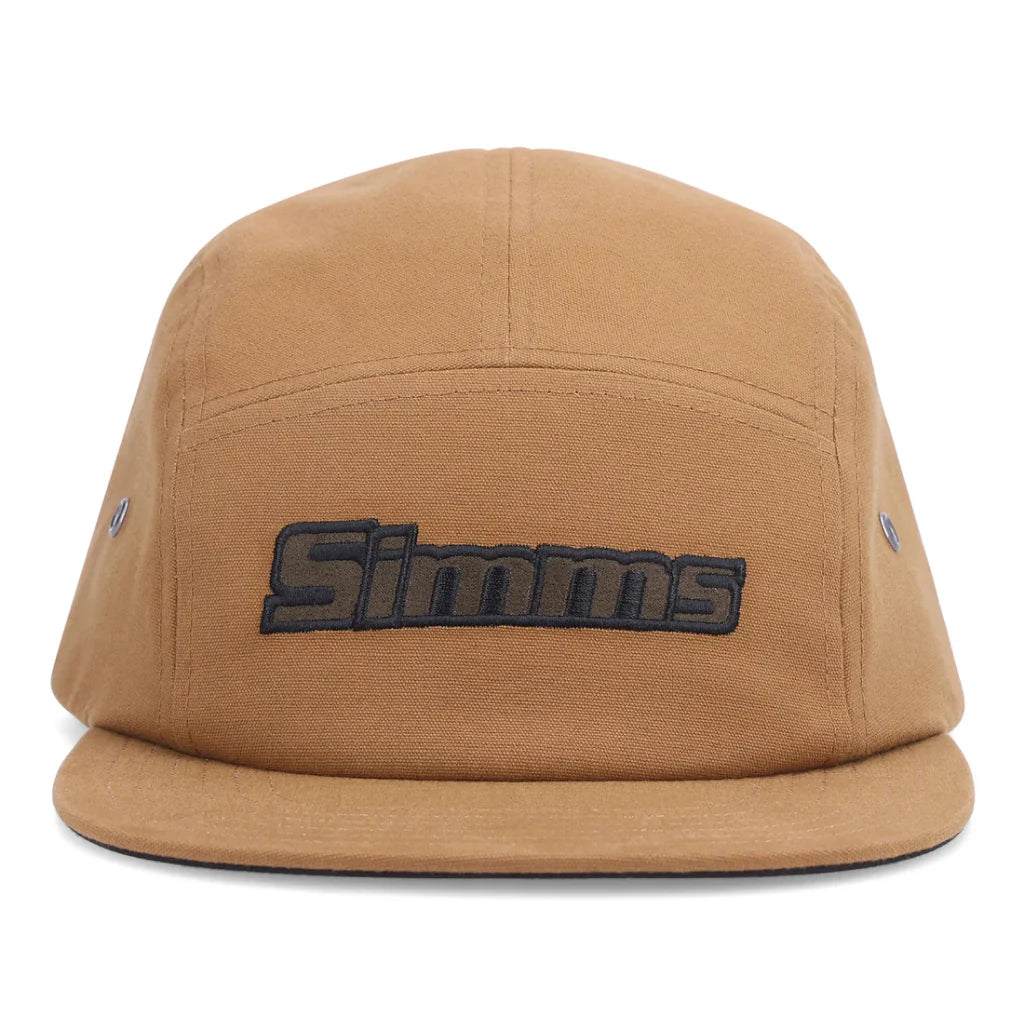





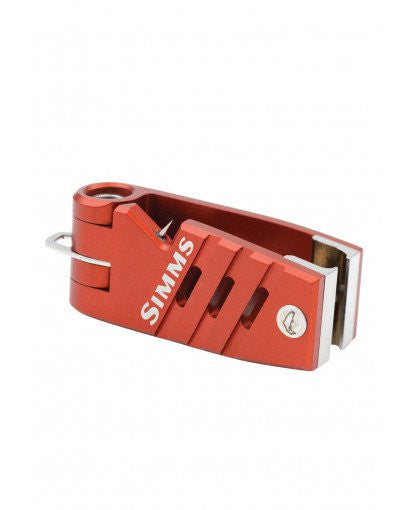
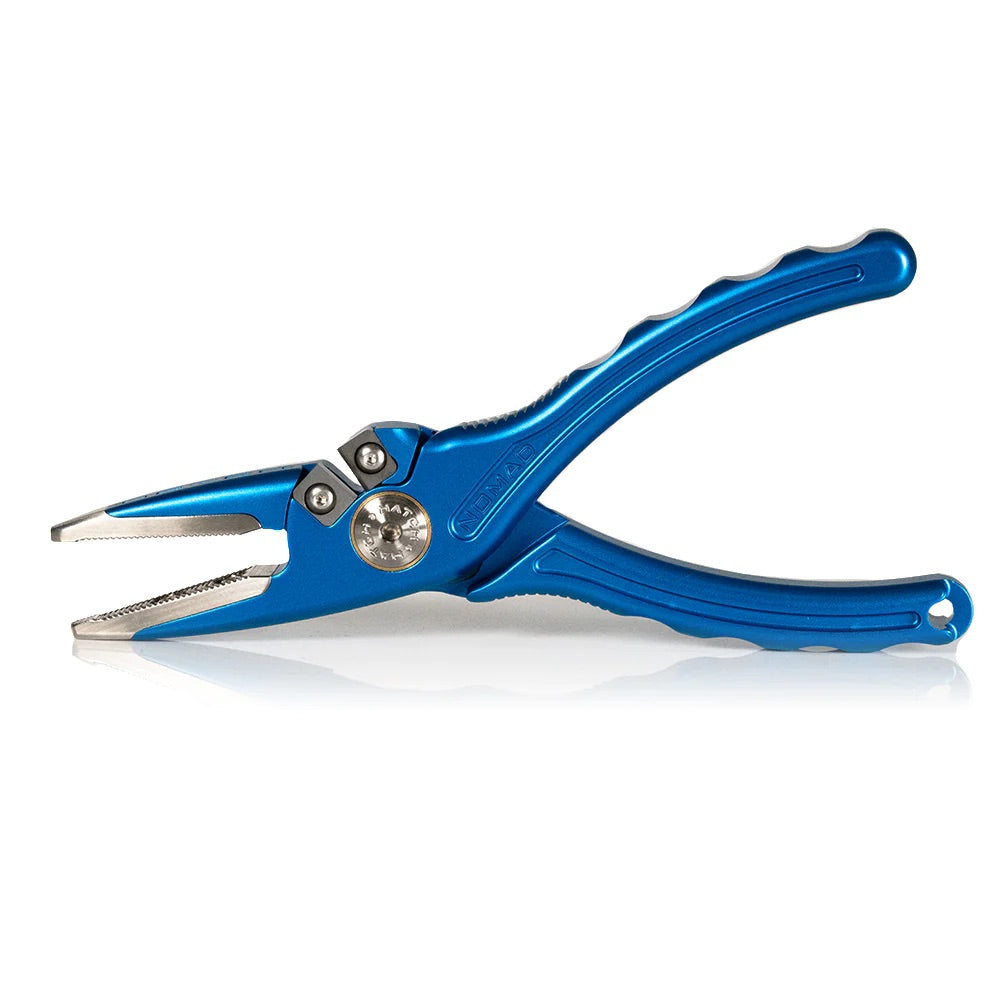









Leave a comment
All comments are moderated before being published.
This site is protected by hCaptcha and the hCaptcha Privacy Policy and Terms of Service apply.